
The kite festival in India falls on 14th or 15th January every year. It marks the arrival of spring and the transition of the sun into the Makara Rashi (the Capricorn zodiac sign), which is why the kite festival is called Makar Sankranti in some parts of India. In other parts, it is called Uttarayan festival, meaning “the northward journey of the sun”, which begins from this day.
It is also a festival where people come together in celebration and bury their hatchets, offering each other sweets in a joyous atmosphere. In this article, we tell you more about the significance of the kite flying festival in India, how and where it is celebrated, the international kite festival, and the precautions you need to take. Hit us up at India Someday to witness this spectacle in person.
Click here to understand what the weather is like in India in January.
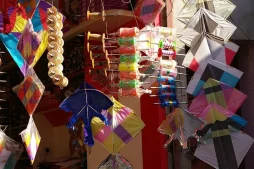 Makar Sankranti is a festival that promotes friendship, family, and togetherness (Photo Credit – Andrea Kirkby)
Makar Sankranti is a festival that promotes friendship, family, and togetherness (Photo Credit – Andrea Kirkby)
Significance of the festival:
The significance of Makar Sankranti differs according to the region. Uttarayan festival is celebrated one day after Lohri, on the same day as Makar Sankranti. This harvest festival is dedicated to the worship of the Sun God Surya, who is said to be the source of life and energy. It also symbolizes the end of winter solstice, or Uttarayan, and the ascent of the sun. Makar Sankranti symbolizes the triumph of light over darkness.
One of the other kite festivals is Basant Panchami, which marks the beginning of spring before the harvest season. Basant Panchami is popular in the northern part of India, especially Punjab. It is celebrated for a week with colors and kite flying.
Why do we fly kites on this day?
There are different records about the origin of kite flying in India.
According to Hindu religious beliefs, kites are flown into the skies as an alarm for the gods to awaken them from their deep slumber throughout winter. Kites are also said to serve as a Thanksgiving symbol to the gods in the skies above.
Some historical records suggest that kite flying was a popular activity among Mughal emperors and Muslim traders. Some say it was brought to Gujarat by Buddhist pilgrims from Tibet.
The kite flying tradition on Makar Sankranti also has scientific reasons behind it. Winters are cold and dry, and people are most prone to infections and illnesses during this time. Flying kites during the day exposes the body to the much-needed sun’s rays, which provide vitamin D to the body, boost the immune system, and prevent diseases. They are also believed to have healing and cleansing properties.
Additionally, flying kites involves physical activity, which keeps the body warm and improves blood circulation. It develops a sense of community, as everyone gathers together and shares tricks and stories while learning the sport of flying kites.
How is the kite festival celebrated in India?
Imagine flying colourful kites with your friends and family from a rooftop under the morning sun during cold winters. This sport is an unbeatable experience, especially on this day.
This friendly kite-flying tradition soon turned into spirited kite-fighting competitions among friends and families, where kite flyers tried to cut their opponents’ kite strings so that their kite would be the only one in the sky, the undefeated winner. In Punjab, people engage in friendly kite-flying battles with each other. In Gujarat, there is an international kite flying competition every year, where people of all age groups from all over the world come and participate in this fun activity.
It is a tradition to offer tilgul laddoos to each other on this day. ‘Til’ means sesame and ‘gul’ means jaggery. Tilgul laddoos are round sweets made from sesame seeds and jaggery, two food items that are good for your body during winters. In Maharashtra, while offering these laddoos, Maharashtrian people say, “Til-gul ghya aani goad goad bola”, which means, “Have tilgul laddoos and speak sweet words”.
Some other winter specialties are undhiyu (one-pot vegetable casserole made with seasonal vegetables), chikkis, and til papdi (sesame seed brittle made with sesame seeds and sugar syrup).
Travel Wisdom: Essential Tips for US Tourists in India
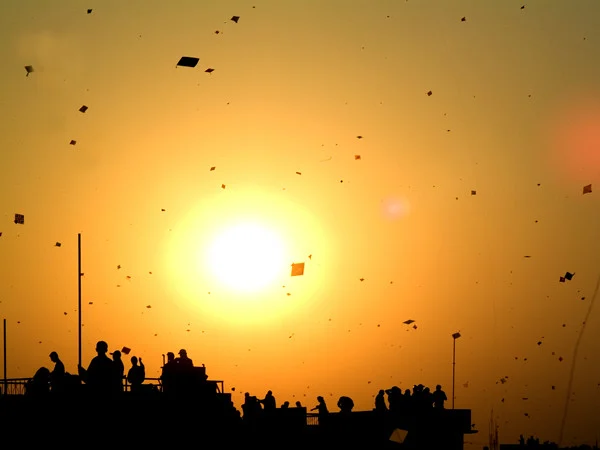 There’s nothing like flying a kite from terraces and rooftops (Photo Credit – Penn-State)
There’s nothing like flying a kite from terraces and rooftops (Photo Credit – Penn-State)
Where and when is the kite festival celebrated in India?
Kite festivals are prominently celebrated in some parts of North India, Gujarat, Rajasthan, and some major cities of Maharashtra. Festivities take place on 14th or 15th January, but in a lot of places, celebrations start a week prior.
Jodhpur in Rajasthan is beautiful on its own, but it comes alive on Makar Sankranti. Witness a thousand colourful kites take over the morning skies as every rooftop is raided by enthusiastic kids and adults alike. Similarly, in Jaipur, Udaipur, and Jaisalmer, you will see beautiful kites flown in the air from rooftops.
In Ahmedabad, Gujarat’s largest city, the 7th to 15th January is the International Kite Festival week. This is the most famous kite festival in India. People from all over the world come to Ahmedabad to compete in kite fighting. You can see the most unique kites soaring in the blue skies – giant banner kites, flying dragon kites, rokkaku fighter kites, wau balang kites, and more such innovative kites.
The Patang Bazaar (kite market) is open 24 hours a day during this week. Streets are filled with rows of stalls selling kites in this kite capital.
Kite flying starts at 5 am in the morning and goes on until midnight. You will see the sky filled with these beautiful kites in one of Gujarat’s biggest kite festivals.
Read on: Understanding Travel Costs in India
We definitely recommend being in North India for the Kite Flying Festival, you can browse through our two-week travel routes here.
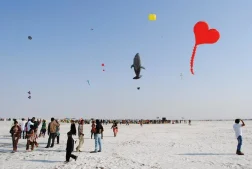 The colourful kite utsav in Gujarat (Photo Credit – Kaushik Patel)
The colourful kite utsav in Gujarat (Photo Credit – Kaushik Patel)
Precautions to take
The kite flying festival is also responsible for a lot of mishaps and accidents. Why? The strings (manja) used to fly the kites are often coated with ground glass or other abrasive substances in order to cut off other kites. These strings can cause serious cuts if you run through it quickly. So be very careful while handling kites or even just being around kites.
There are also people flying kites on the streets, and often, kites can plummet downwards. Always be aware of your surroundings.
Also, ensure that you don’t trip over or run through any strings that might come in your way.
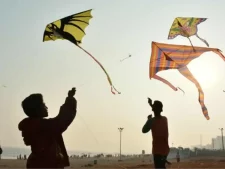 The Kite Flying Festival has religious and cultural significance attached to it (Photo Credit – Siasat.com)
The Kite Flying Festival has religious and cultural significance attached to it (Photo Credit – Siasat.com)
All in all, the celebration of Makar Sankranti in India is very prominent. It creates an environment across the country that brings out the child in everyone. If you intend to experience the kite festival in India, let us know. We will accommodate you in North India, preferably in a homestay. This way, you can feel like you belong as you partake in the festivities with an Indian family. Click on Plan Your Trip for your ideal itinerary.
Frequently Asked Questions
The Kite Flying Festival is a vibrant celebration observed in various parts of India, particularly during Makar Sankranti. It involves people of all ages gathering to fly kites, often competitively.
The festival usually coincides with Makar Sankranti, which falls around January 14th each year, marking the transition of the sun into the zodiac sign of Capricorn.
Major celebrations occur in Gujarat (especially in Ahmedabad), Rajasthan, and parts of Maharashtra. Each region may have its unique traditions and styles of kite flying.
helping you travel your way
Everything you need to know about India is here We have tried writing about everything you may need help with for your trip to India, If you need help in planning a trip to India Get in touch with us to to plan your trip of a life time.


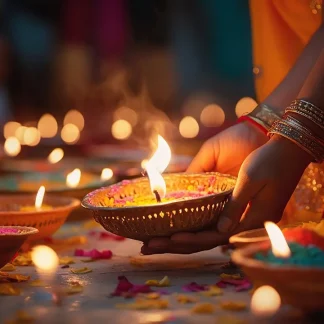

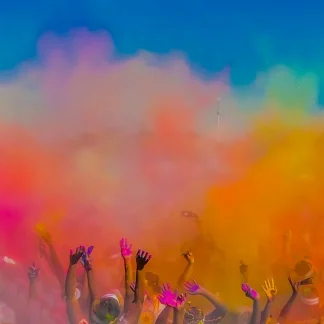
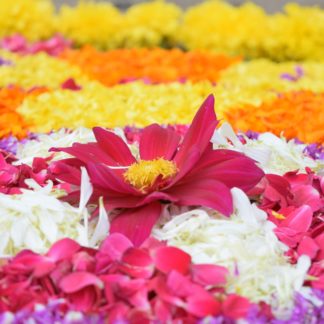
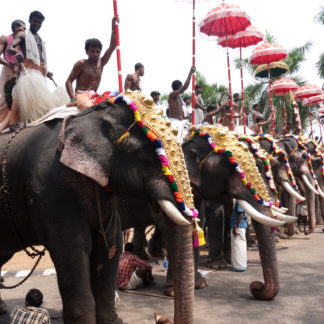
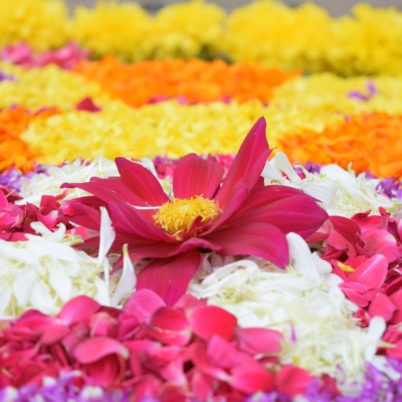


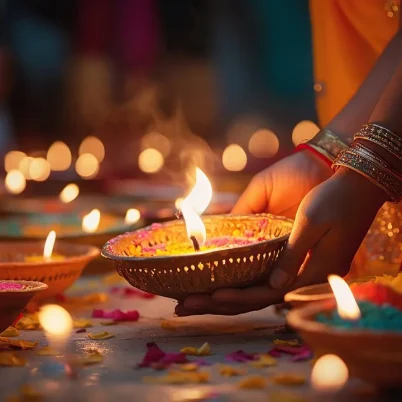
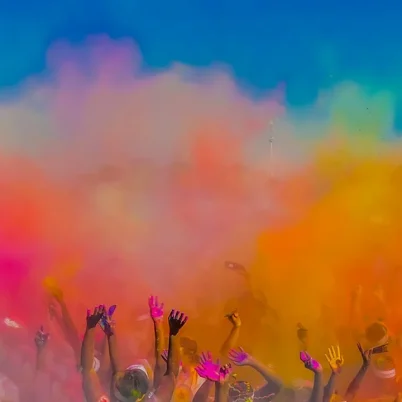
I am from India. I really like the kite festival. We are happily celebrating the kite festival in Mumbai.
tours in India
i love KITE FLYING Festival